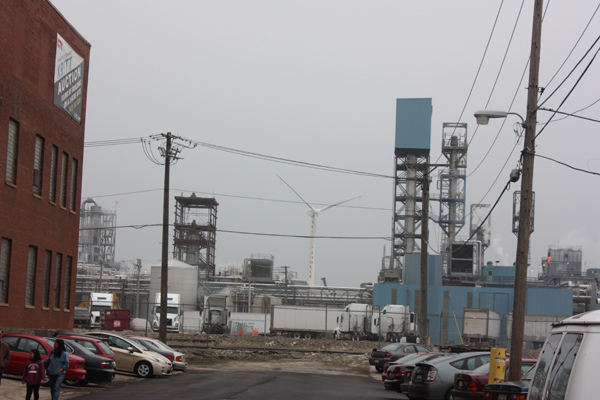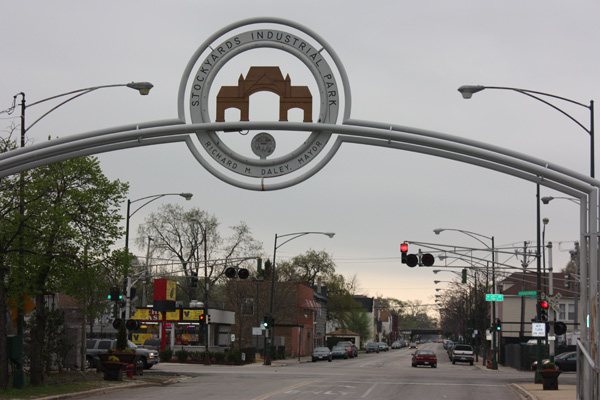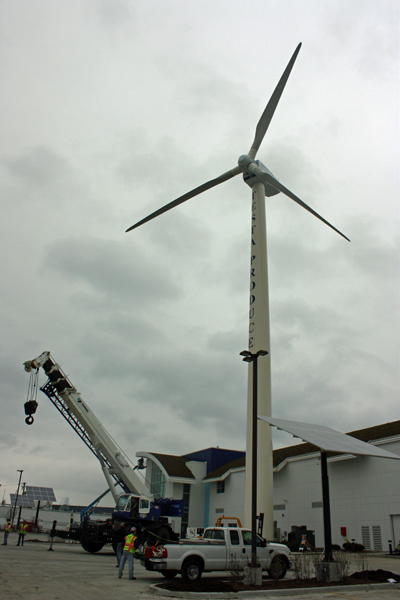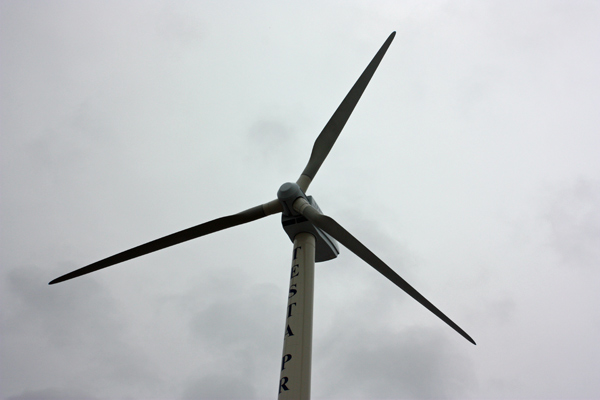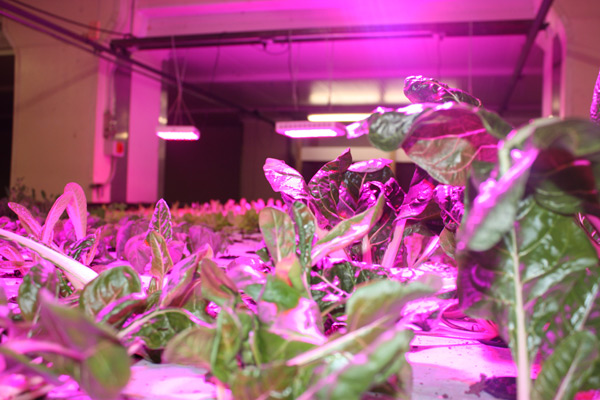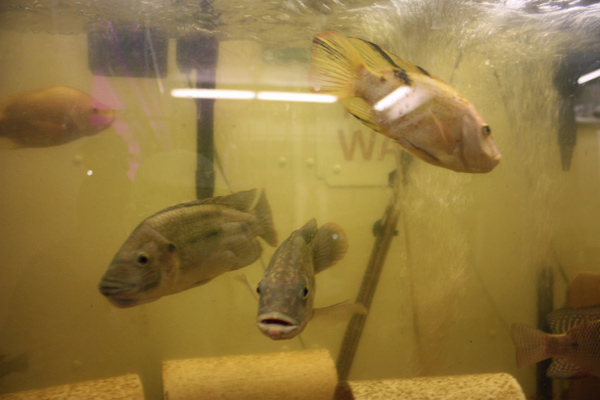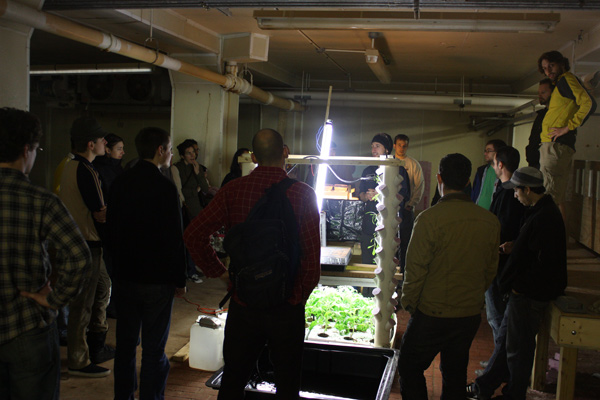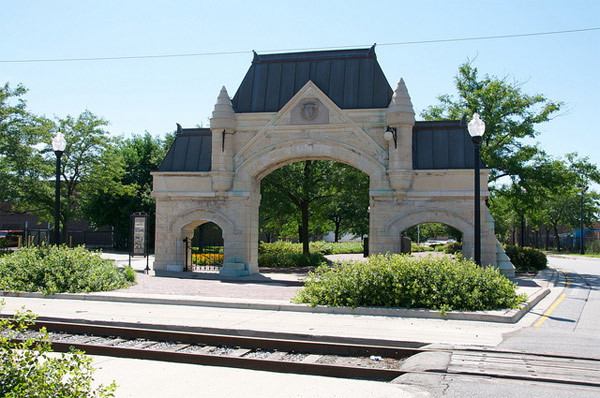Green Roots Taking Hold in the Stockyards?
By JoshMogerman in Miscellaneous on May 8, 2011 9:00PM
There may not be a more overlooked bit of living history in all of Chicago than the remnants of the Union Stockyards. We are talking about a chunk of town that defined this city for the better part of a century. Arguably the birthplace of the assembly line (or, in this case, the disassembly line where two million animals were butchered annually), nursery of the labor movement and home to businesses so important to the economy that the City reversed its river in part to deal with the offal they dumped (Bubbly Creek, which ran through the Stockyards, still bubbles four decades after they closed), it is somewhat surprising that the Union Stock Yard Gate is all that is left to mark the source of so much history.
Upton Sinclair’s infamous descriptions in The Jungle made clear the wretched conditions of the place, which, today, is a collection of brownfields and industrial food facilities in an otherwise unassuming industrial park that most Chicagoans have no reason to visit. It does not seem like a place that would harbor cutting-edge green projects---and yet two new facilities are taking very different paths toward sustainability innovation behind the Stockyards' gate.
One is impossible to miss as you approach the area off of Halsted or 47th Street. Testa Produce’s new 750-kilowatt wind turbine stands 250 feet tall and looms over the surrounding neighborhoods. It is the first big turbine we have seen in the City and it makes quite a statement about the company’s new distribution facility on Racine. The City sold the formerly blighted property to Testa for $1 to help incent the green project, which the company claims will derive half of its power from the turbine and solar panels when it opens later this week. The building itself is said to be the first LEED-platinum food service facility in the nation, with an array of energy and water efficiency features.
Separated from Testa by a foul-smelling industrial facility and a few blocks is The Plant, where the former 93,000 square foot Peer Foods meat processing plant is undergoing an amazing transformation. It takes some imagination to see now, but soon the cavernous building will be carved up and recast to house a vertical farm (rooftop and hydroponic gardens), brewery, bakery, community kitchens and a fish farm. The interrelated businesses combine to create one giant zero waste facility. The fish poo will fertilize the plants, the brewery waste will feed mushrooms, plants and fish---and everything else will go into an anaerobic digester to produce gas that powers the whole building. It is a breathtaking concept, but as yesterday’s open house showed, The Plant is very real and already inching along towards its goals with fish and plants growing in the basement. The planned community kitchens have the possibility of triggering a huge wave of South Side businesses just as similar ventures have done on the North and West sides---showing that high-minded projects are not just about greening old buildings, but can be a boon for the surrounding neighborhoods (along with the 120 jobs eventually expected to come out of the building itself).
The legacy of the Stockyards can be seen in the new facilities---heck, The Plant seems to embody the old maxim about the Stockyards and the animals that met their ends there: use everything but the squeal. As Carl Sandburg immortalized Chicago and the stockyards as the “Hog Butcher” to the nation, perhaps Testa and The Plant will be similarly remembered for advancing green innovations from the same part of town.
Update: The Testa Produce building's LEED certification is pending and will not be official for a few months.
